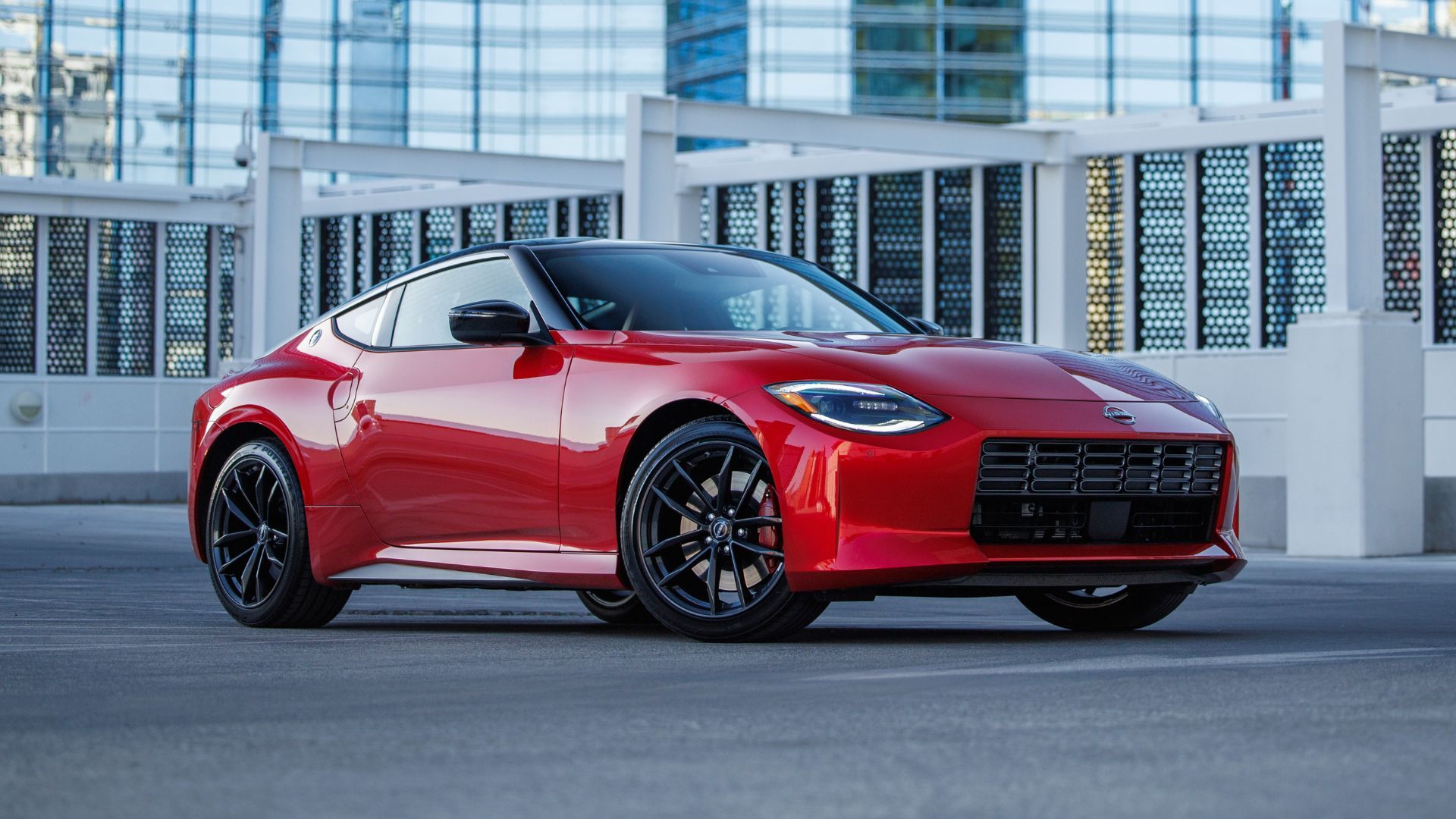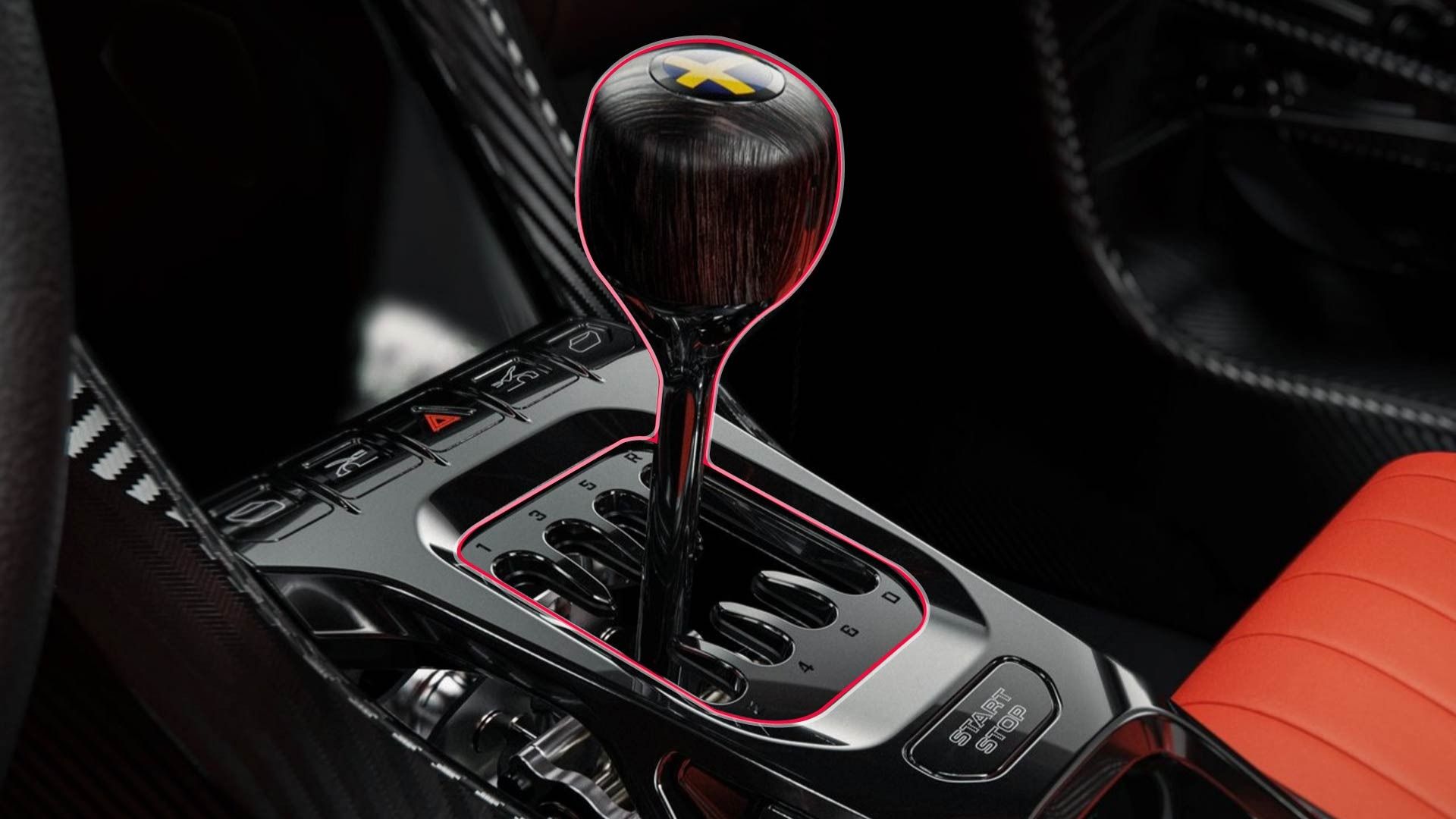
The Dying Breed: Manual Transmission Sports Cars Still Available
In an age dominated by automatic transmissions and the relentless march of electric vehicles, the manual transmission sports car is becoming an increasingly rare and cherished breed. For enthusiasts who crave a direct connection with their machine, the engagement and control offered by a manual gearbox is simply irreplaceable. While the options may be dwindling, there are still a handful of manufacturers committed to providing this visceral driving experience. Let’s delve into the world of manual transmission sports cars still gracing the market, exploring their appeal, performance, and the reasons behind their enduring, albeit niche, presence.
The Allure of the Manual Transmission
Before diving into the specific models, it’s important to understand the enduring appeal of the manual transmission. It’s not just about nostalgia; it’s about the immersive driving experience it provides:
- Driver Engagement: A manual transmission demands the driver’s active participation. You’re not just steering and braking; you’re constantly anticipating gear changes, managing the clutch, and optimizing engine RPM. This level of involvement forges a deeper connection between driver and machine.
- Control and Precision: With a manual, you have complete control over the engine’s power delivery. You can select the precise gear for any situation, whether it’s a perfectly timed downshift for a corner or maximizing acceleration on a straightaway.
- A Sense of Accomplishment: Mastering a manual transmission takes practice and skill. Perfectly executing a heel-toe downshift or launching the car smoothly from a standstill provides a satisfying sense of accomplishment that you simply don’t get with an automatic.
- Enhanced Feel: Many drivers argue that a manual transmission offers a more direct and unfiltered connection to the car’s mechanics. You can feel the engine’s response more keenly, sense the road through the drivetrain, and experience the car in a way that an automatic often obscures.
The Survivors: Manual Transmission Sports Cars in 2023
Despite the declining popularity of manual transmissions, several manufacturers still cater to the purists who demand them. Here are some notable examples:
-
Mazda MX-5 Miata: The quintessential roadster, the MX-5 Miata, remains a beacon for manual transmission enthusiasts. Its perfectly balanced chassis, lightweight construction, and rev-happy engine are ideally complemented by the crisp, short throws of its six-speed manual gearbox. The Miata’s manual is renowned for its precision and ease of use, making it a joy for both novice and experienced drivers.
-
Toyota GR86 / Subaru BRZ: These fraternal twins offer an affordable entry point into the world of rear-wheel-drive sports cars. Both the GR86 and BRZ come standard with a six-speed manual transmission that is known for its engaging feel and precise action. The manual gearbox perfectly suits the car’s playful handling characteristics, making it a favorite among driving enthusiasts.
-
Nissan Z: The latest iteration of Nissan’s iconic Z car continues the tradition of offering a manual transmission. The new Z boasts a powerful twin-turbo V6 engine and a six-speed manual with rev-matching technology, which automatically blips the throttle during downshifts for smoother transitions. This feature makes even inexperienced drivers feel like pros.
-
Porsche 718 Cayman/Boxster: Porsche has long been a champion of the manual transmission, and the 718 Cayman and Boxster are no exception. These mid-engine sports cars offer a sublime driving experience, and their six-speed manual gearboxes are a perfect match for their potent engines and razor-sharp handling. Porsche’s manual transmissions are known for their precision, durability, and satisfying mechanical feel.
-
BMW M2/M3/M4: BMW’s M division continues to offer manual transmissions on select models, including the M2, M3, and M4. These high-performance machines are designed for ultimate driving thrills, and the manual gearbox adds an extra layer of engagement. BMW’s manual transmissions are typically robust and offer a satisfyingly firm shift action.
-
Cadillac CT4-V Blackwing / CT5-V Blackwing: These American muscle sedans are a pleasant surprise in the world of manual transmissions. The CT4-V Blackwing and CT5-V Blackwing offer blistering performance and a surprisingly refined driving experience. Their six-speed manual transmissions are a testament to Cadillac’s commitment to catering to driving enthusiasts.
-
Ford Mustang: The Ford Mustang, an icon of American muscle, continues to offer a manual transmission on many of its models, including the GT and Mach 1. The Mustang’s manual gearbox is known for its robustness and ability to handle the engine’s considerable power output.
The Reasons Behind the Decline
The dwindling number of manual transmission sports cars reflects broader trends in the automotive industry:
- Consumer Demand: The majority of car buyers now prefer automatic transmissions. Automatics are generally easier to drive, especially in congested urban environments, and they often offer better fuel economy.
- Technological Advancements: Modern automatic transmissions have become incredibly sophisticated. They can shift faster and more smoothly than most human drivers, and they often incorporate features like paddle shifters and launch control.
- Electric Vehicles: The rise of electric vehicles poses a significant threat to the manual transmission. EVs don’t require multi-speed transmissions, so the manual gearbox is simply irrelevant in this context.
- Cost and Complexity: Developing and manufacturing manual transmissions can be more expensive and complex than automatics, especially for low-volume models.
The Future of Manual Transmission Sports Cars
The future of manual transmission sports cars is uncertain. As consumer preferences continue to shift towards automatics and EVs, the number of models offering a manual gearbox is likely to continue to decline. However, there is still a passionate community of enthusiasts who value the unique driving experience that a manual transmission provides. As long as there is demand, manufacturers will likely continue to offer a few select models with manual transmissions.
Conclusion
While the manual transmission sports car may be a dying breed, it’s not extinct yet. For those who appreciate the engagement, control, and sense of accomplishment that a manual gearbox provides, there are still some excellent options available. These cars offer a visceral driving experience that simply cannot be replicated by an automatic transmission. So, if you’re a driving enthusiast who craves a direct connection with your machine, now is the time to seek out and experience the thrill of a manual transmission sports car before they disappear completely. They are a testament to a bygone era of driving purity, and their continued existence is a victory for those who believe that driving should be an active and engaging experience.
